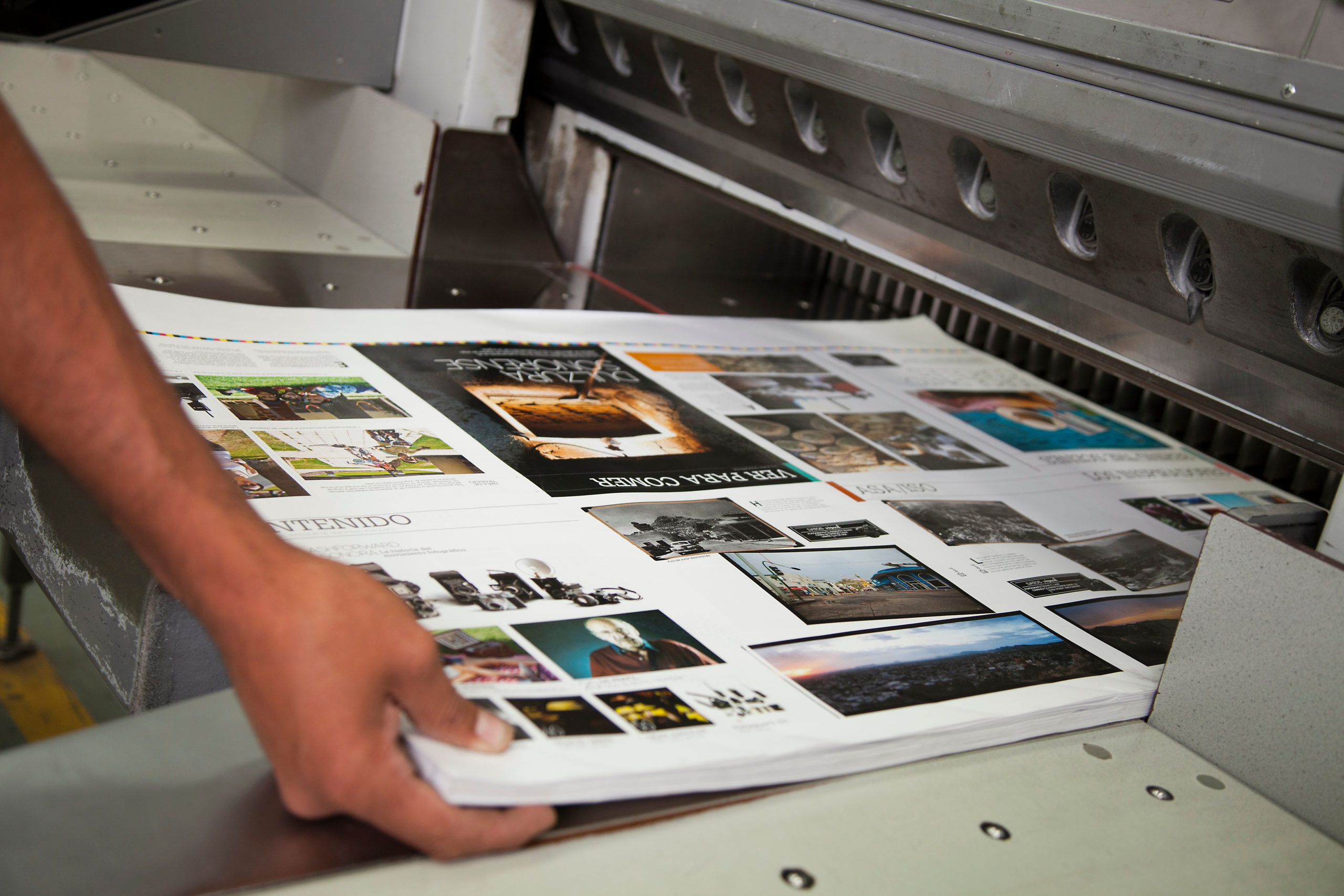Top 7 reasons to add a production printer to your business
Feb 13, 2023, 11:18 AM | Updated: Jun 10, 2024, 1:11 pm

Photo: Adobe Stock
This article about digital production printers is presented by Les Olson IT, Your Office Technology Partner.
Each company has unique printing needs depending on company size, budget, and industry. Various types of digital production printers can help you create brochures, calendars, business cards, signs, or reports. Different technologies meet varying needs for image quality, colors, and materials available to print on.
An in-house production printer can help your business, but there are many considerations to weigh before procuring one for your office. Managed print services allow you to lease a printer from a service provider who can help maintain and upkeep the devices. Keep reading to learn more about the different types of printers and their applications to see how these solutions can help your business.
What are production printers?
Production printers are heavy-duty commercial printers for high-volume print projects. Compared to desktop printers, they provide higher-quality print resolution, faster output, increased capacity, and reliable operation. They include wide-format and cut-sheet printers, digital presses, commercial printers, and industrial printing.
Digital production printers are a great solution for corporations, non-profits, and other businesses that require in-house printing. They print directly from a computer through a file such as a .doc or .pdf, making these an easy solution for graphic designers and other marketing departments to create and distribute flyers, banners, catalogs, mail campaigns, or other documents. Ricoh Commercial Production Printers are one option that may suit your business.

Photo: Les Olson
Top Benefits of Having an In-House Production Printer
- Saves money – this long-term investment can save money over outsourcing your projects
- Saves time – skip the queue and prioritize printing on your own schedule rather than relying on someone else’s timeline
- Print high-quality materials – high resolutions, exceptional rendering, sharp color contrast, and other features are all included to create exceptional products
- Easy to use – send your digital files directly to the printer, and see the finished product immediately
- Easy to maintain – experts will help you install and teach you how to use and maintain the printers to ensure longevity and ease of production
- More possibilities – choose your own paper quality and material, ink colors, and more to create exactly what you’re looking for
- Print in large quantities – printers are equipped for high-volume jobs necessary for mass production
What are the Different Types of Digital Production Printers?
Cutsheet and Roll-fed Printers
Cutsheet printers get their name because these digital printers handle individual sheets of paper that are cut from a larger roll. Contrast that to roll-feed or continuous-form printers that are fed paper in a continuous roll.
Cut-sheet printers are great for office documents, marketing materials, and photographs. You can typically choose different colors of paper and print in either black and white or color with ink. These range in size for personal use to larger commercial-grade printers.
Roll-fed presses are commonly used for banners, posters, trade show graphics, wallpaper, murals, backdrops, and signs. They can print on vinyl, fabric, and canvas in addition to paper.
Large Format Printers: Flatbed and Wide Format
Flatbed printers are digital printers that use a flat surface to print on paper, cardboard, plastic, or other objects. It involves laying the medium flat on the surface to be scanned by the printer. Then it is printed with a head that moves back and forth depositing ink or toner. These are typically used to create packaging prototypes, signs, banners, or even ceramic tiles and glass. They can use inkjet or UV-curable printing technology.
Wide format printers are used for larger sheets of paper, typically larger than 17 inches and up to 100 inches. These are typically used for banners, posters, trade show graphics, wallpaper, murals, or other large-format graphics. They can print on media up to four inches including on paper, vinyl, canvas, and even film. The products can be used for both indoor and outdoor applications.
These printers are typically larger than others and require more space to operate. This makes them ideal in print shops, sign shops, advertising agencies, and other commercial enterprises. They are commonly used for engineers, construction, mapping, and architecture making them ideal for AEC, GIS, and CAD users.
How to Choose the Right Production Printer for Your Business
A careful evaluation of your company’s needs and priorities should be administered before determining which printer is the right fit. Determine which types of print materials you already outsource or what print materials would benefit your company’s advertising and operational efforts.
If you have any questions about these different types of printing or are ready to place an order, the specialists at Les Olson are on-call and ready to help you meet your needs.
Related articles:
- Why Every Business Needs a Structured Cabling System
- 7 Ways Print Marketing Materials Can Boost Your Business
- You Can Easily Save Money For Your Business: 5 Major Benefits if You Start Using Managed Print Services Right Now
This is a sponsored article brought to you by KSL TV in conjunction with the advertiser. The advertiser paid a fee to promote this article and may have influenced or authored the content. The views expressed in this article are those of the advertiser and do not necessarily reflect those of KSL TV, its parent company, or its staff.







